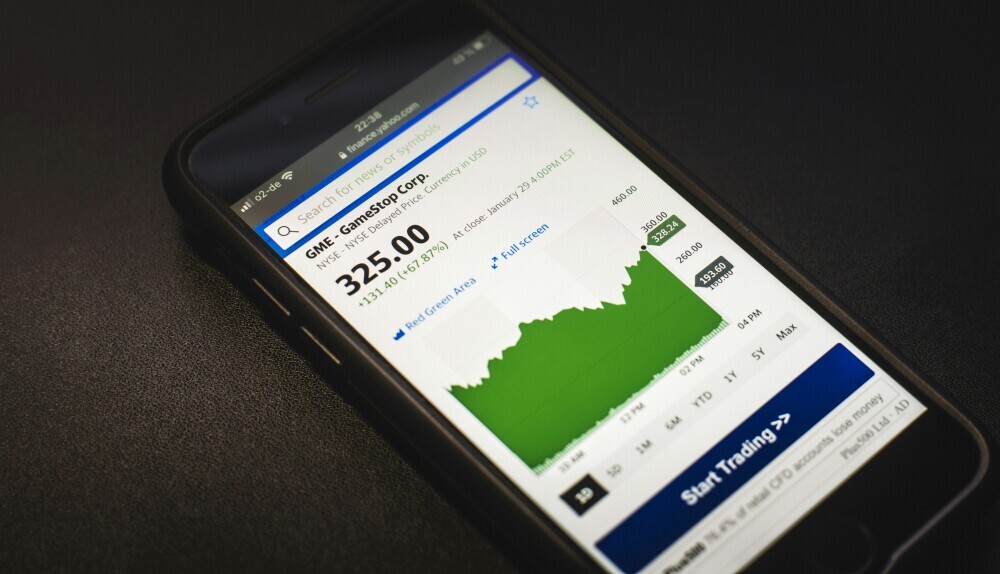
Top 5 Tangible Assets To Consider For Stock Market Investments
Understanding Tangible Assets in Market Investments
Definition and Differentiation from Intangible Assets
Tangible assets are physical, measurable assets that hold intrinsic value. Unlike intangible assets—such as patents, trademarks, and brand reputation—tangible assets are concrete and can often be directly utilized, sold, or transferred. Examples include real estate, precious metals, commodities, collectibles, and infrastructure.
Relevance of Tangible Assets in Investment Portfolios
Tangible assets offer investors a level of security, as they are less susceptible to extreme volatility compared to stocks or cryptocurrencies. Many tangible assets provide consistent returns, hedge against inflation, and offer stability during economic downturns.
Historic Stability and Growth Trends of Tangible Assets
Historically, tangible assets have demonstrated resilience. For instance, real estate has appreciated over time, precious metals have retained value during inflationary periods, and commodities have driven global economies for centuries. While fluctuations occur, tangible assets remain attractive for wealth preservation.
Considerations for Novice vs. Seasoned Investors
For novice investors, tangible assets like real estate and precious metals offer straightforward entry points. Seasoned investors might explore infrastructure projects or collectible markets that require deeper expertise. Risk tolerance, market knowledge, and liquidity needs should guide investment decisions.
Real Estate: The Evergreen Asset
Why Real Estate Holds Enduring Value
Real estate remains a cornerstone investment due to its historical appreciation and ability to generate passive income through rental yields. Additionally, it provides diversification, tax benefits, and protection against inflation.
Types of Real Estate Investments
- Residential: Includes single-family homes, apartments, and condominiums.
- Commercial: Encompasses office spaces, retail locations, and industrial properties.
- Land: Involves undeveloped land or farmland, which may appreciate over time.
Risks and Rewards Associated with Real Estate Investments
- Rewards: Steady cash flow, capital appreciation, tax advantages.
- Risks: Market downturns, property maintenance costs, regulatory changes.
Key Indicators and Metrics for Evaluating Real Estate Assets
- Cap Rate (Capitalization Rate): Measures return on investment.
- Rental Yield: Compares rental income against property cost.
- Location & Market Trends: Determines growth potential.
Precious Metals: Gold, Silver, and Beyond
Role of Precious Metals as a Hedge Against Inflation
Precious metals, particularly gold and silver, retain purchasing power during inflationary periods. Investors turn to these assets as a safeguard against currency depreciation and economic uncertainty.
Comparing Gold and Silver to Other Investment Metals
- Gold: Recognized as a safe-haven asset, gold maintains stable demand.
- Silver: More volatile than gold but essential for industrial applications.
- Other Metals: Platinum and palladium offer investment potential but are largely tied to industrial use.
Understanding Market Factors Influencing Metal Prices
- Supply & Demand: Industrial and jewelry sectors influence prices.
- Geopolitical Stability: Political uncertainty boosts demand.
- Monetary Policy: Interest rates and central bank reserves impact metal prices.
Practical Ways to Invest in Precious Metals
- Physical Bullion: Buying gold/silver bars and coins.
- Exchange-Traded Funds (ETFs): Providing indirect ownership.
- Mining Stocks: Investing in companies that extract metals.
Commodities: Basics and Benefits of Diversification
Understanding the Commodities Market
Commodities are raw materials essential for global trade. They are divided into:
- Energy: Oil, natural gas.
- Agricultural: Wheat, coffee, livestock.
- Metals: Copper, aluminum.
Popular Commodities
Oil remains a dominant energy source, while agricultural commodities are critical for food security. Metals drive technological advancements.
Benefits of Diversifying into Commodity Investments
- Hedge Against Inflation: Commodity prices often rise with inflation.
- Portfolio Diversification: Reduces overall investment risk.
- Global Demand Stability: Essential goods remain in demand.
Risk Management and Market Volatility
- Political Factors: Trade policies impact supply.
- Weather Conditions: Affect agricultural commodities.
- Technological Advances: Influence resource extraction and consumption.
Collectibles: Art, Antiques, and Rare Finds
Overview of Collectibles as Tangible Assets
Collectibles, including fine art, rare coins, and vintage cars, offer investment potential through appreciation. They are less liquid but can yield significant returns over time.
Factors Affecting the Value of Collectibles
- Authenticity: Verified provenance increases value.
- Condition & Rarity: Well-preserved, rare items fetch higher prices.
- Market Trends: Popularity shifts impact valuation.
Evaluating Authenticity and Market Demand
- Certification & Appraisals: Professional evaluation ensures legitimacy.
- Auction Trends: Examining recent sales provides pricing insight.
Long-Term Benefits and Risks in Collecting
- Benefits: Passion-driven investing, high appreciation potential.
- Risks: Market fluctuations, fraud risks, illiquidity concerns.
Infrastructure Investments: Building for the Future
Defining Infrastructure Assets in Investment Portfolios
Infrastructure investments involve essential systems such as transportation, utilities, and telecommunications. These assets provide long-term, stable returns due to their critical role in economies.
Role of Infrastructure in Modern Economies
Infrastructure supports economic growth, enhances productivity, and attracts foreign investments. Governments and private investors fund infrastructure projects globally.
Evaluating National and Global Infrastructure Projects
- Public-Private Partnerships (PPPs): Collaborative investment models.
- Government Policies & Regulations: Impact project feasibility.
- Economic Growth Indicators: Strong GDP correlates with infrastructure demand.
Impact of Political and Economic Changes on Infrastructure Investments
Regulatory changes, economic downturns, and technological shifts influence infrastructure investments. Investors must assess geopolitical stability and economic trends when selecting projects.
Conclusion
Tangible assets remain a vital component of diversified investment portfolios. Whether through real estate, precious metals, commodities, collectibles, or infrastructure, each asset class offers unique opportunities and challenges. Investors should assess their risk tolerance, market knowledge, and long-term goals before committing capital. By strategically incorporating tangible assets, investors can enhance stability, hedge against inflation, and capitalize on long-term growth trends.
If you would like to sign up for Wealthy Affiliate using our affiliate link for FREE (no credit card required) click HERE.
